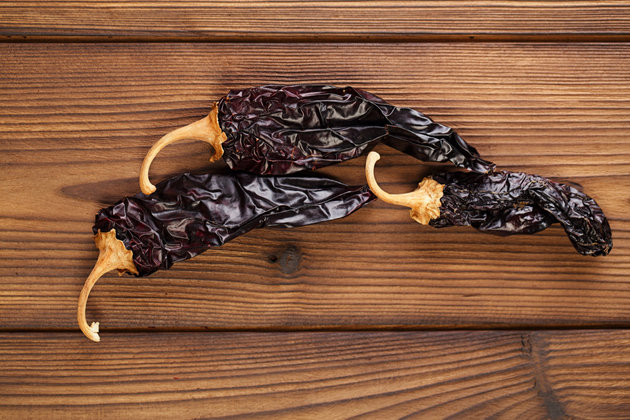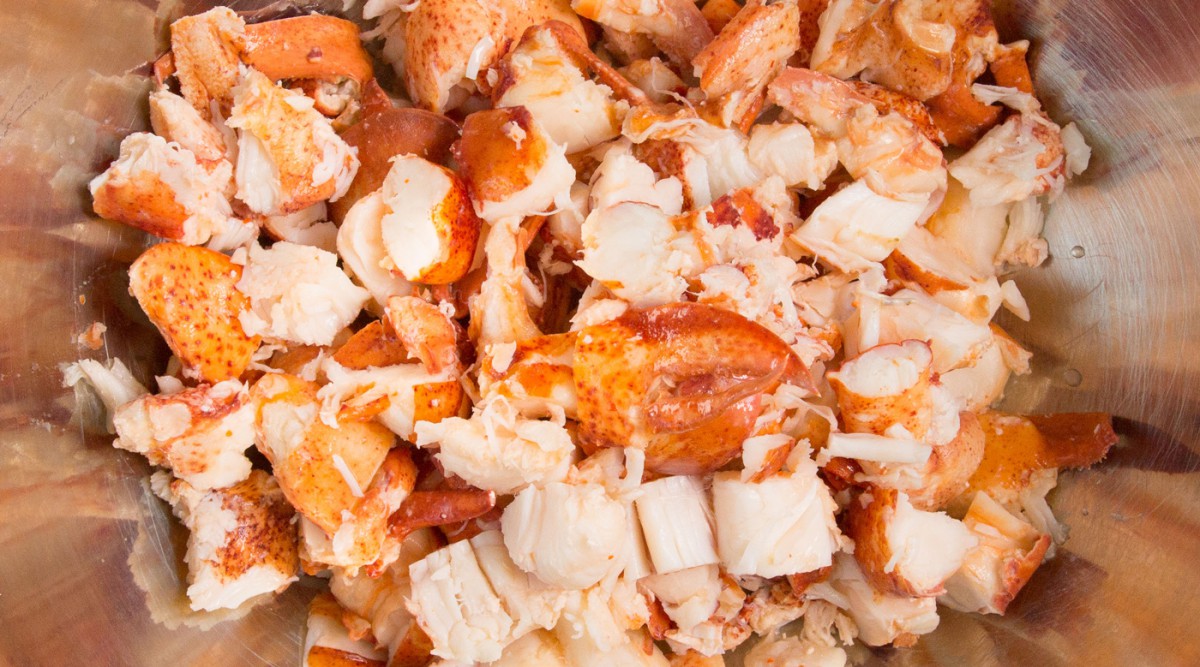The American craft brewing industry is undoubtedly booming, but the beer sector is still overwhelmingly dominated by just a handful of giants: 11 brewers produce 90 percent of all beer sold in the U.S, says MarketWatch.
The report points out that “[w]hen you look at the beer aisle and your local taproom’s beer list, it looks like a broad array of choices” — but giant corporations “are actually narrowing those choices through acquisitions and diversification.” Think, for example, of Anheuser-Busch InBev buying out craft brewers such as Chicago’s Goose Island and Seattle’s Elysian Brewing in recent years.
And while the latest stats on craft beer certainly look favorable — “We’re told that craft beer’s share of the market rose 17.6% last year, accounting for 11% of beer volume and $19.6 billion of the beer industry’s $101.5 billion in sales,” says MarketWatch — the reality is that still, “one of every five beers sold is a Bud Light.”
On the other hand, American craft beer exports are on a major upswing: 2014 saw a 35 percent increase in other countries’ thirst for U.S.-born craft brews, resulting in $99.7 million worth being exported last year (the leading consumer is Canada).
via 90 Percent of American Beers Are Made by Just 11 Different Brewers – Eater.










